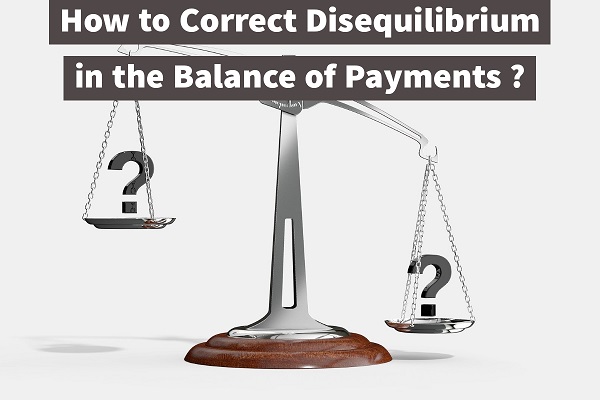How to Correct Disequilibrium in the Balance of Payments ?
According to the classical view of the adjustment mechanism, an active or passive balance, accompanied by an inflow or outflow of gold, was formally supposed to result in an expansion or contraction of the domestic money supply, and this expansion or contraction was expected to bring about a rise or fall in the level of domestic costs and prices, in the former case, to stimulate imports and discourage exports or, in latter to discourage imports and stimulate exports. Gold flows, changes in the quantity of money and changes in relative levels were the principal factors in the adjustment mechanism.
But gold standard has been abandoned long ago and these days different countries of the world are under managed currency standard. So, the gold flows can no longer bring balance of payments in equilibrium.
In modern time, changes in the flow of income induced by the balance of payments serves as an equilibrating factor.
The main point is that any active or passive balance of current transaction directly affects the total flow of money income within a given country. The changes induced by the balance of payments in the flow of income and expenditure affects the demand for imported as well as home produced goods and so react on the balance of payments to bring it into equilibrium.
Methods of correcting disequilibrium in the balance of payments –
1. Trade Policy Measures – Expanding Exports and Restraining Imports –
Trade policy measures are the measures adopted to promote exports and reduce imports. Exports may be encouraged by reducing or removing export duties and by lowering the interest rate on the credit used for financing exports. Exports can be encouraged by providing subsidies to manufacturers and exporters.
Imports may be reduced by imposing or increasing tariffs on import of goods. Imports may also be restricted by imposing import quotas, introducing license for imports. Imports of some inessential goods may be totally prohibited.
2. Expenditure Reducing Policies –
Tight Monetary Policy –
Contractionary Fiscal Policy –
3. Expenditure Switching Policies – Devaluation –
4. Exchange Control –
Conclusion –
